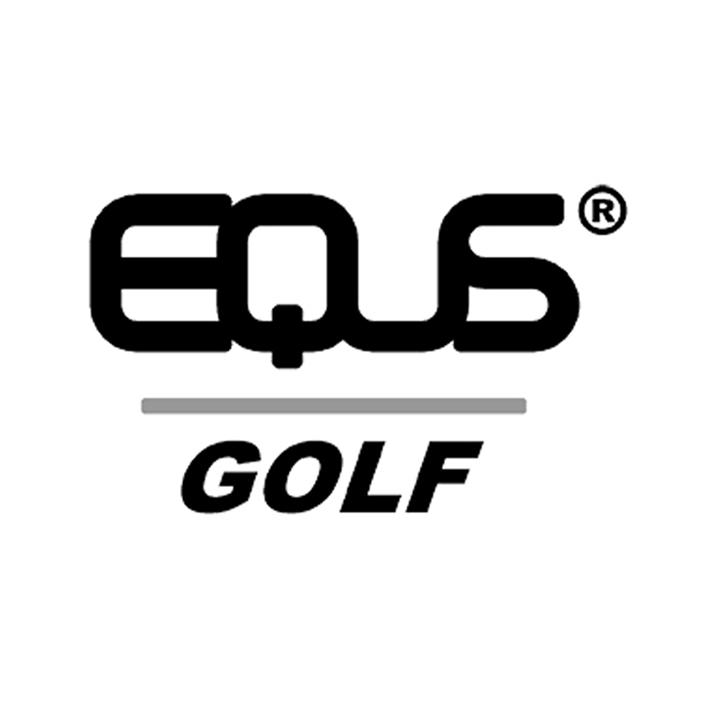Q & A
QUESTIONS AND ANSWERS FROM EQUS® GOLF
How do EQUS irons challenge the existing iron Paradigm?
Narrowing the golfer’s swing mechanics down to only three golf swings is a major departure from traditional irons. Traditionally a golfer must adjust his or her set up for each golf club within the set. Each club has its own unique length, balance point, lie angle, loft, weight and other subtleties that make a repeatable golf swing often difficult to accomplish. The EQUS irons shortens the adjustment process to three swings utilizing only three set ups.
Has Bryson DeChambeau’s success helped your iron design?
Bryson’s DeChambeau’s equipment and approach to golf has championed the single length iron concept and altered many of the perceptions of traditional golfers. The EQUS irons are simply an evolution of the single length concept. Using matched combinations in three progressive lengths, these clubs allow golfers to easily transition to the single length concept without changing their current swing or giving up standard grips, lies or the traditional lengths found in long, mid and short irons.
Have others OEMs tried same-length previously (e.g. Tommy Armour)? What happened; if they failed, why?
Earlier attempts have been to extreme of a change to be universally accepted by the golfing market and did not utilize CG matching. Tommy Armour produced the EQL irons in the 1980’s where every club within the set was a 6-iron length. In 1998 1-Iron Golf debuted followed by recent additions by both Tom Wishon and Cobra Golf. While the merits of a single swing mechanic for an entire set sounds promising the diverse specifications of mid-length length wedges and mid-length long irons might prove difficult for most customers to overcome.
What makes EQUS different from a success prospects standpoint?
The approach of utilizing three groups of three identical irons is more in line with the traditional progression of lengths within a set of irons. These irons were designed as a multi-combination matched set and not reverse engineered from current tradition and design parameters. By incorporating a progressive change in shape and length between combinations and incorporating identical CGs in 3 axes, the EQUS concept will be more acceptable to the golfing community.
When trying EQUS clubs, what are the primary benefits I will experience versus my current iron set?
More reproducible swings and therefore improved consistency from club to club. Swing consistency should come much faster than with a traditional set. With swing consistency comes improved ball striking and that in turn leads to better scoring on the golf course.
How do EQUS irons challenge the existing iron Paradigm?
It is easier to reproduce three swings than nine swings. Standard sets of nine irons require nine different swings. EQUS irons require only three different swings.
Would EQUS irons fit broadly within the “game-improvement” segment of the iron category?
They actually have components of all three club distinctions. Super Game Improvement-cavity back and ease of play. Game Improvement-midsize with small progressive offset. Players-Upper blade design, CG and MOI matched with CNC milled face and USGA conforming grooves. Overall I consider this a game improvement iron.

